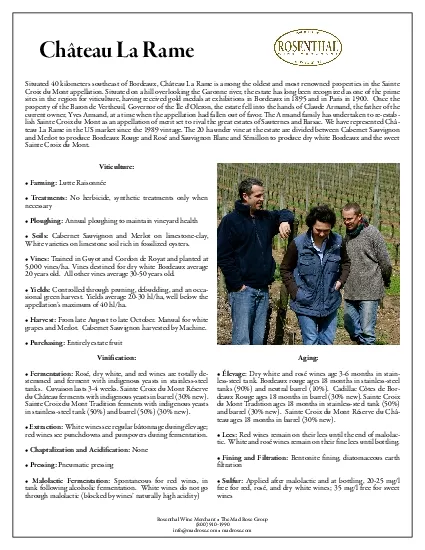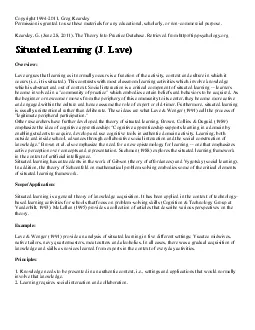PPT-Stylised fact or situated messiness?
Author : myesha-ticknor | Published Date : 2016-05-30
A multilevel country panel analysis of the effects of debt on national economic growth using Reinhart and Rogoffs data Andrew Bell Ron Johnston and Kelvyn Jones
Presentation Embed Code
Download Presentation
Download Presentation The PPT/PDF document "Stylised fact or situated messiness?" is the property of its rightful owner. Permission is granted to download and print the materials on this website for personal, non-commercial use only, and to display it on your personal computer provided you do not modify the materials and that you retain all copyright notices contained in the materials. By downloading content from our website, you accept the terms of this agreement.
Stylised fact or situated messiness?: Transcript
Download Rules Of Document
"Stylised fact or situated messiness?"The content belongs to its owner. You may download and print it for personal use, without modification, and keep all copyright notices. By downloading, you agree to these terms.
Related Documents














